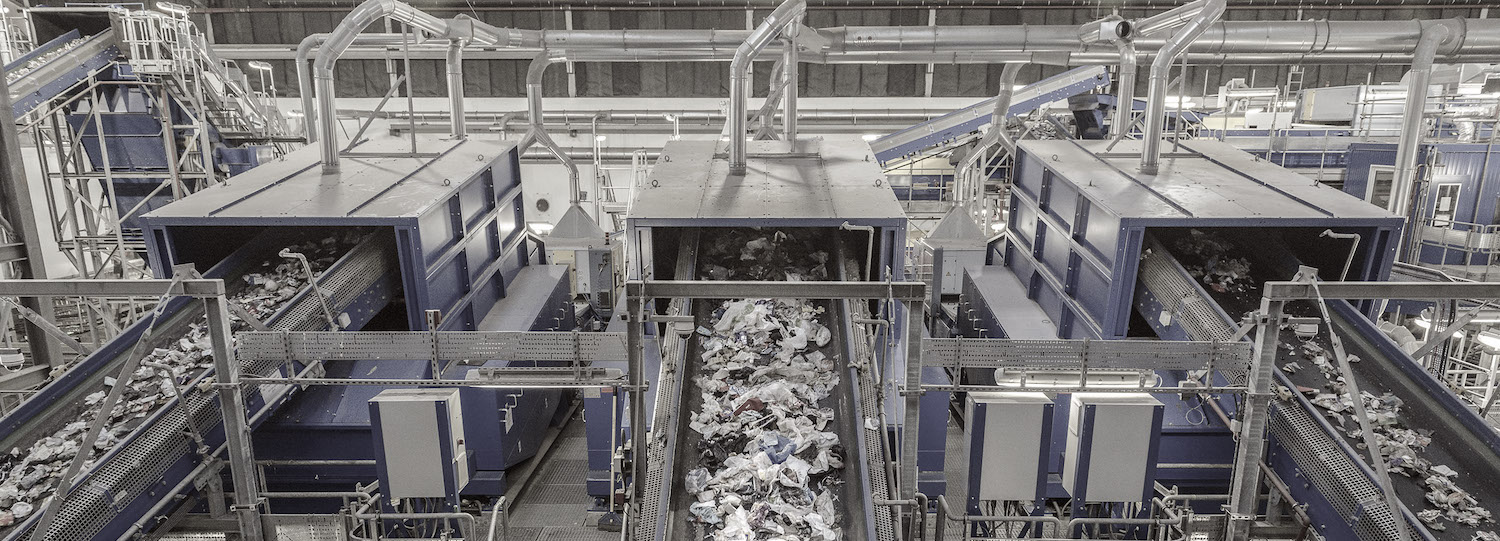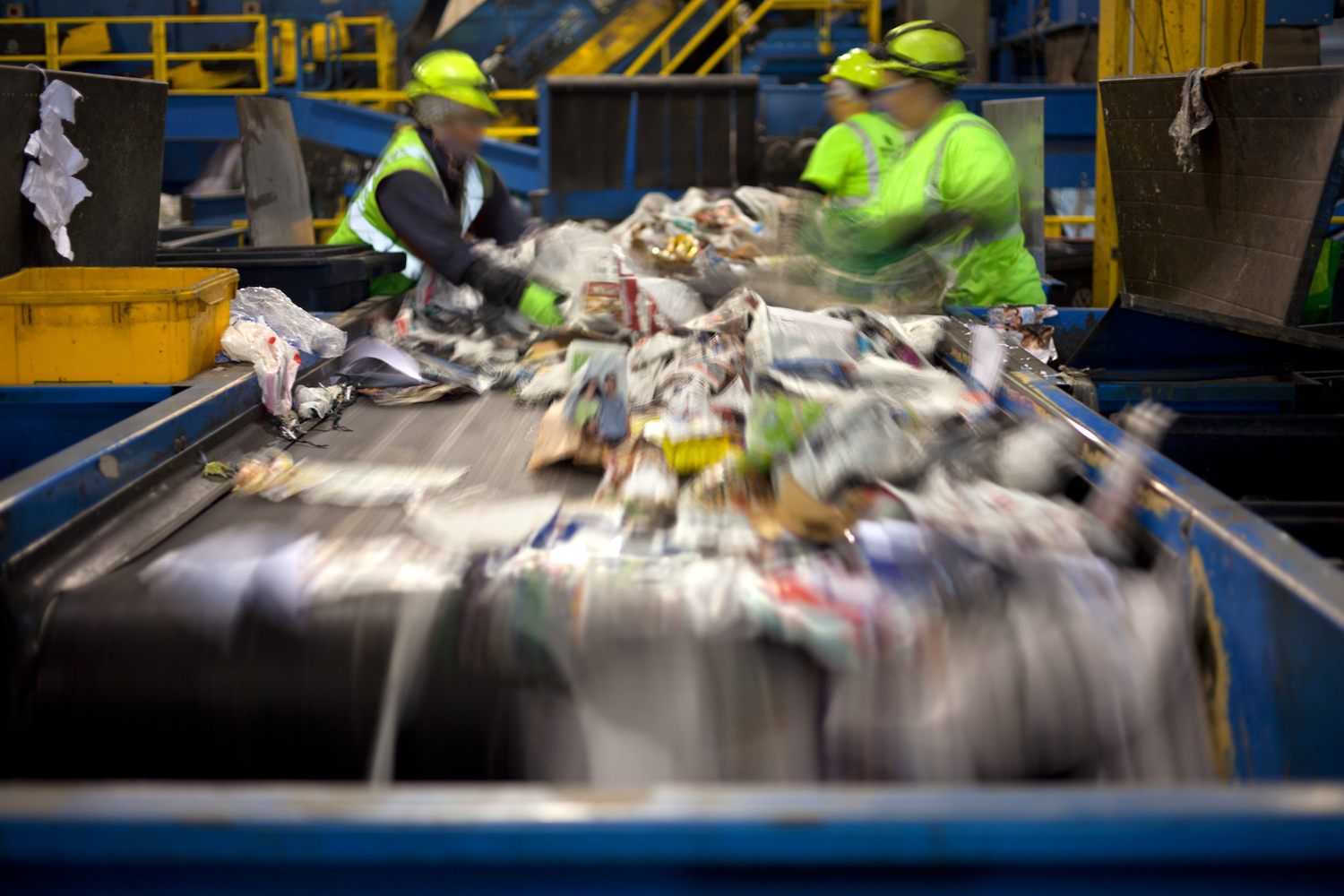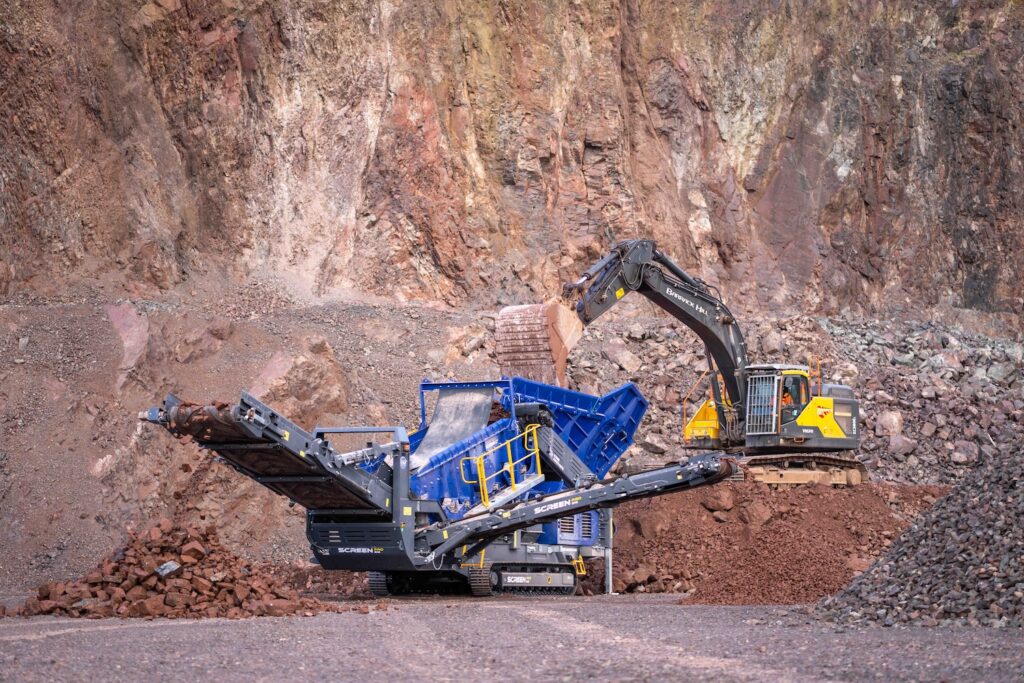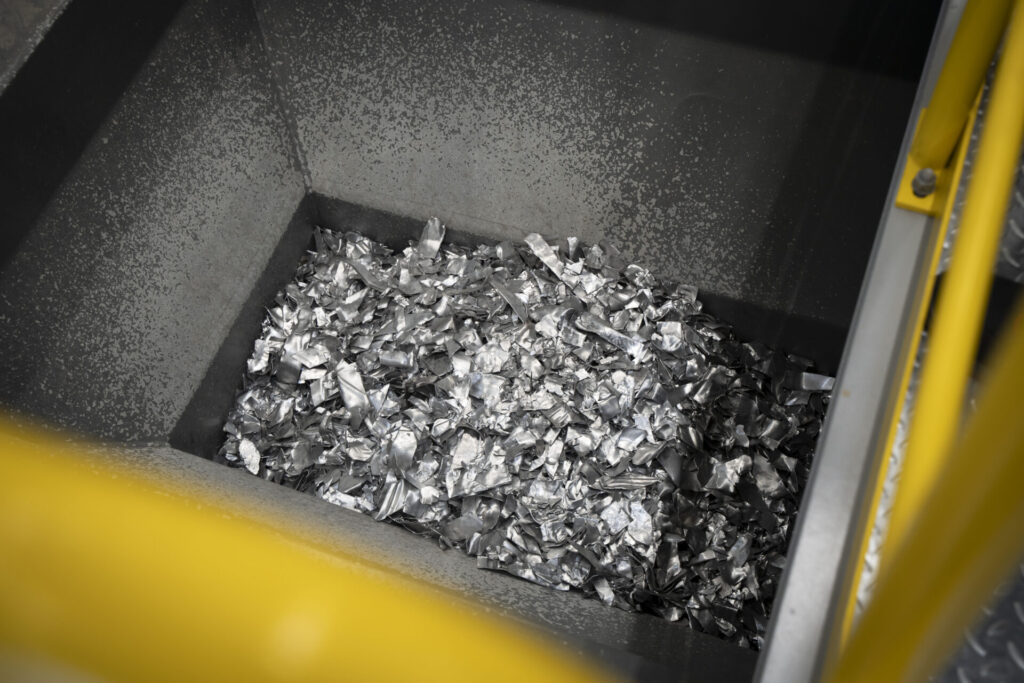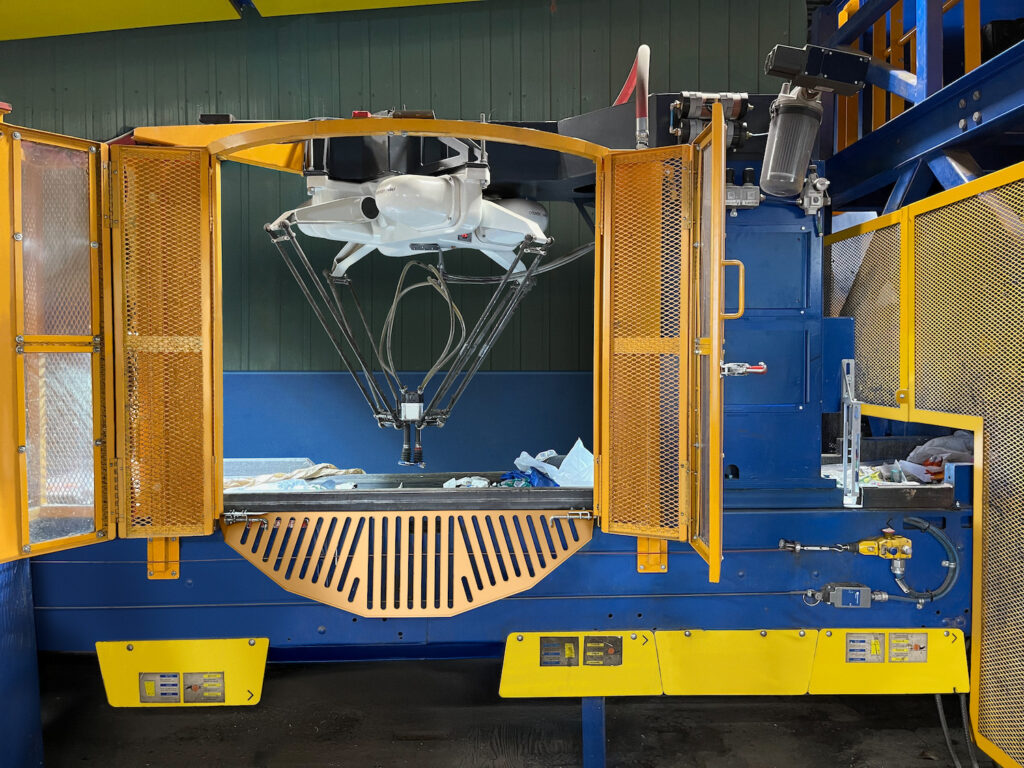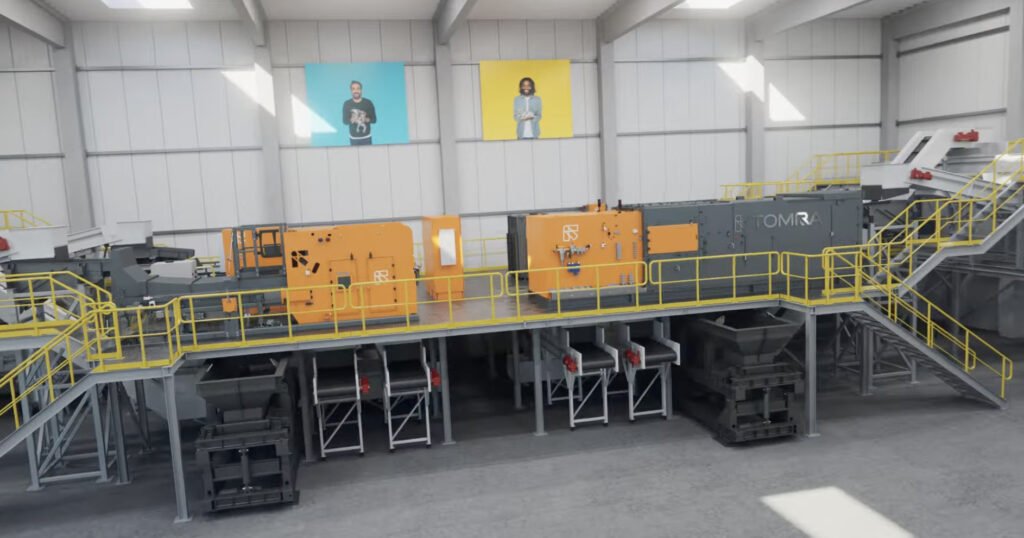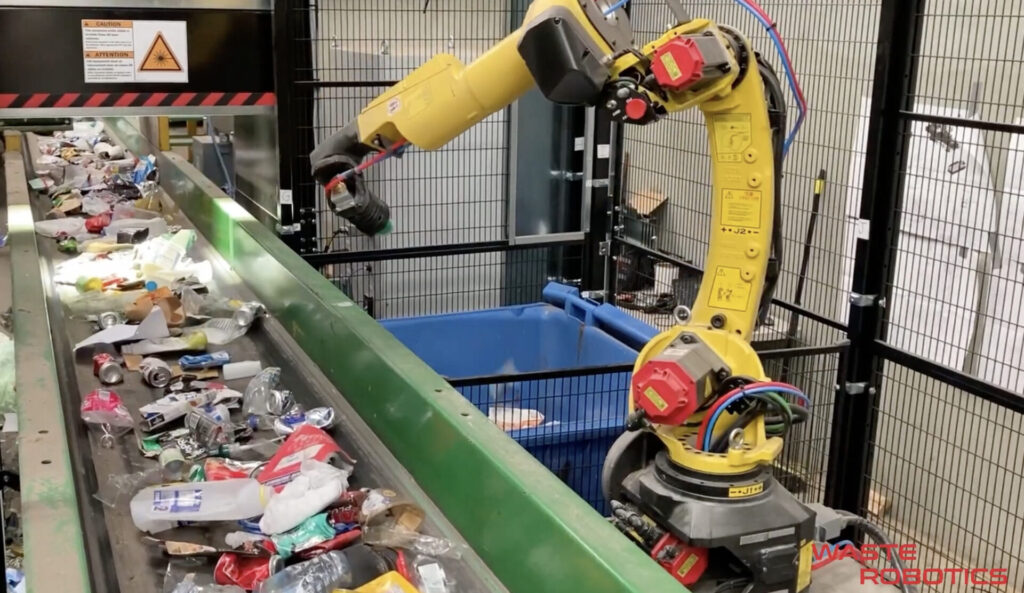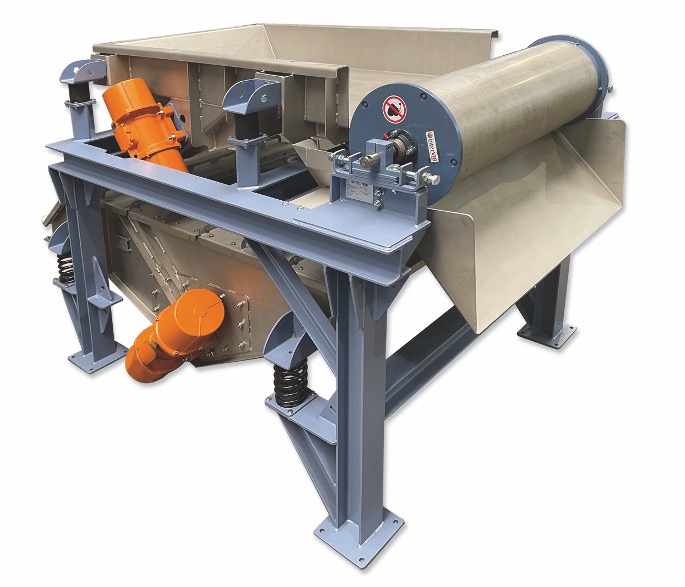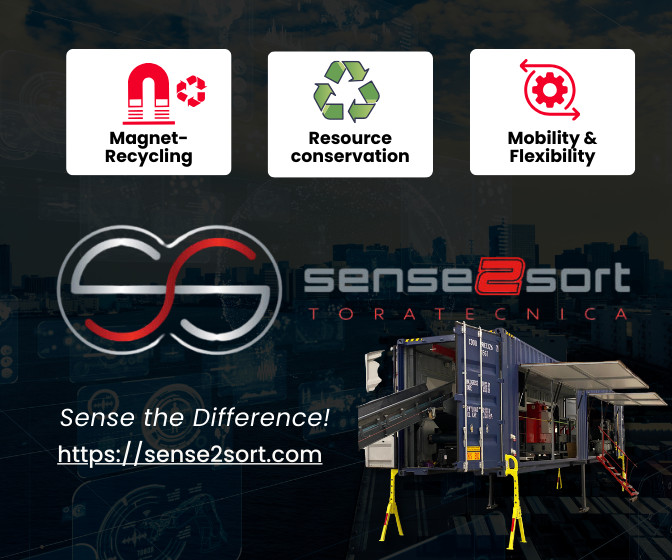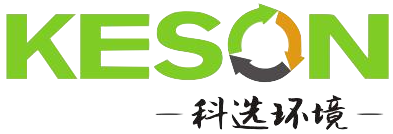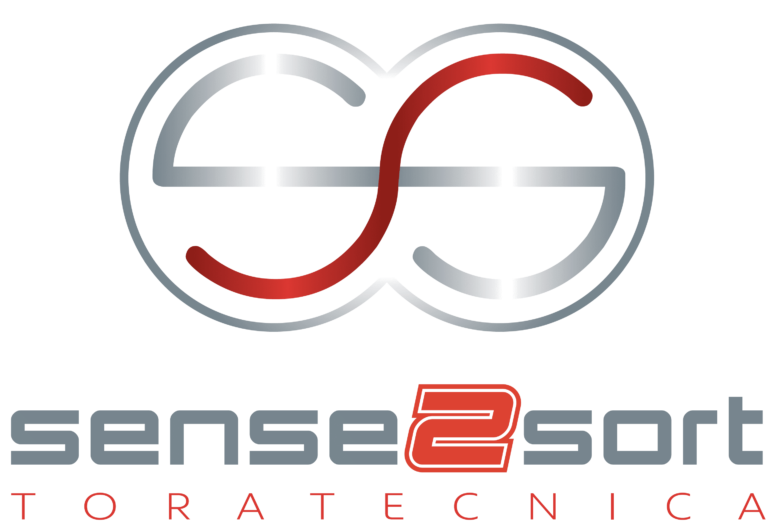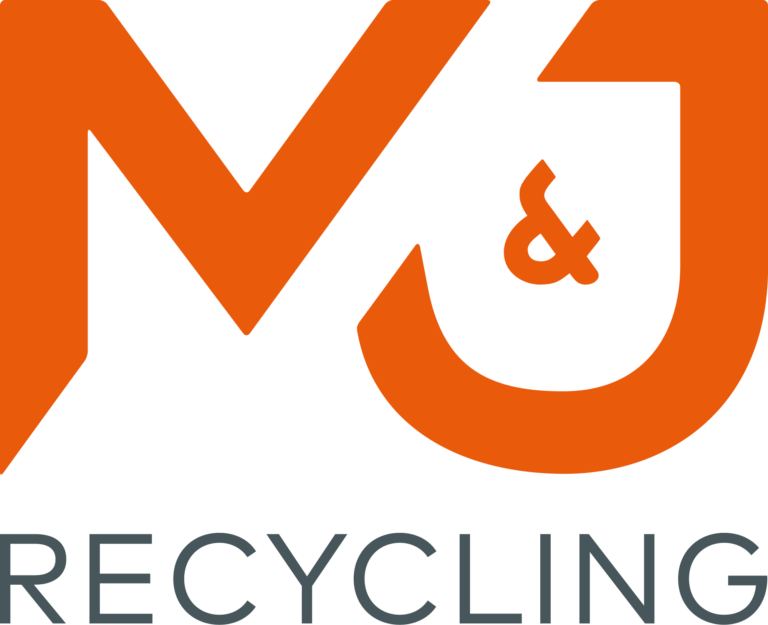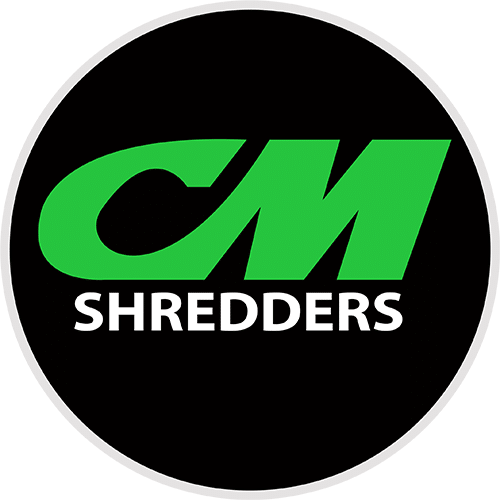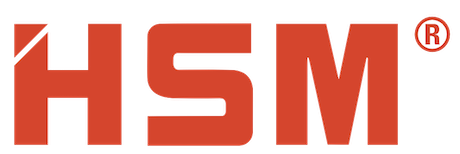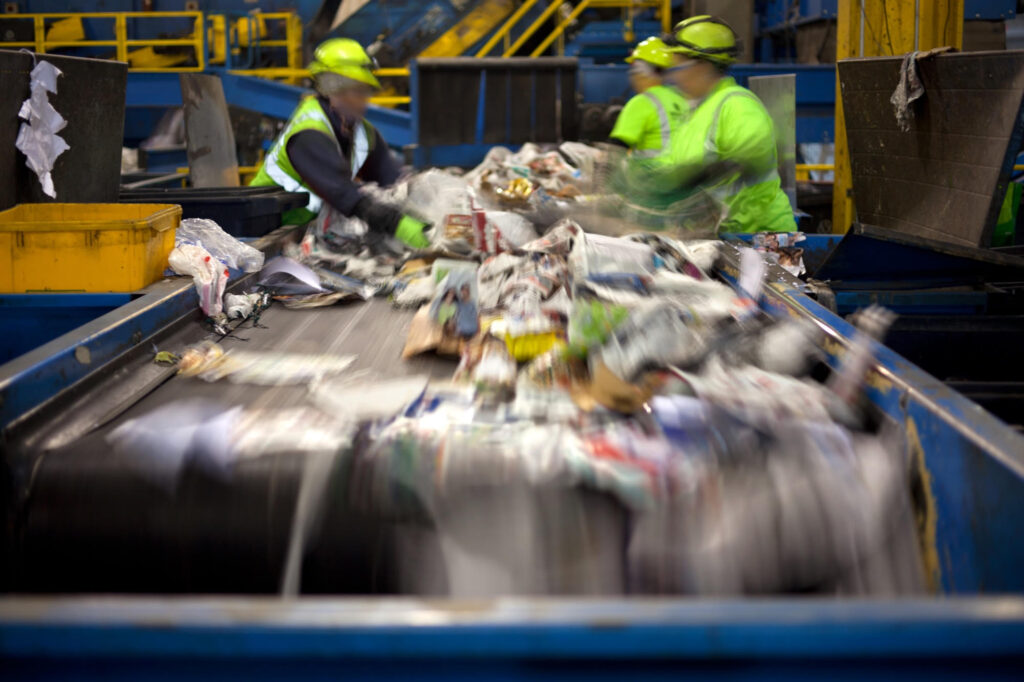Magnetic separation is separating components of mixtures by using different types of magnets to attract magnetic materials. The process that is used for magnetic separation detaches non-magnetic material from those that are magnetic.
Magnetic separation can be used in different environments and markets, so are magnetic separators used primarily for recovering metal from waste or purifying secondary materials by removing metals. But magnetic separators are also used in electromagnetic cranes that separate magnetic material from scraps and unwanted substances. Magnetic separation is also used in the mining and mineral industry and plays a small role in the food and pharmaceutical industry. For example, to remove metal contaminants from product streams.
How is a magnetic separator used in recycling applications?
A magnetic separator consists of a powerful electromagnet placed or suspended from a ceiling or device. Materials can be passed over a tabletop magnetic separator, while suspended magnetic separators often hover over material to remove imperfections. Magnetic separators can also be cylinders that objects pass through.
In the recycling industry, magnets are commonly used to attract ferrous materials, such as tin, iron, steel, and many more. Magnets are found along assembly lines where they will be placed either above or below the conveyor belts to attract said materials or minerals.
